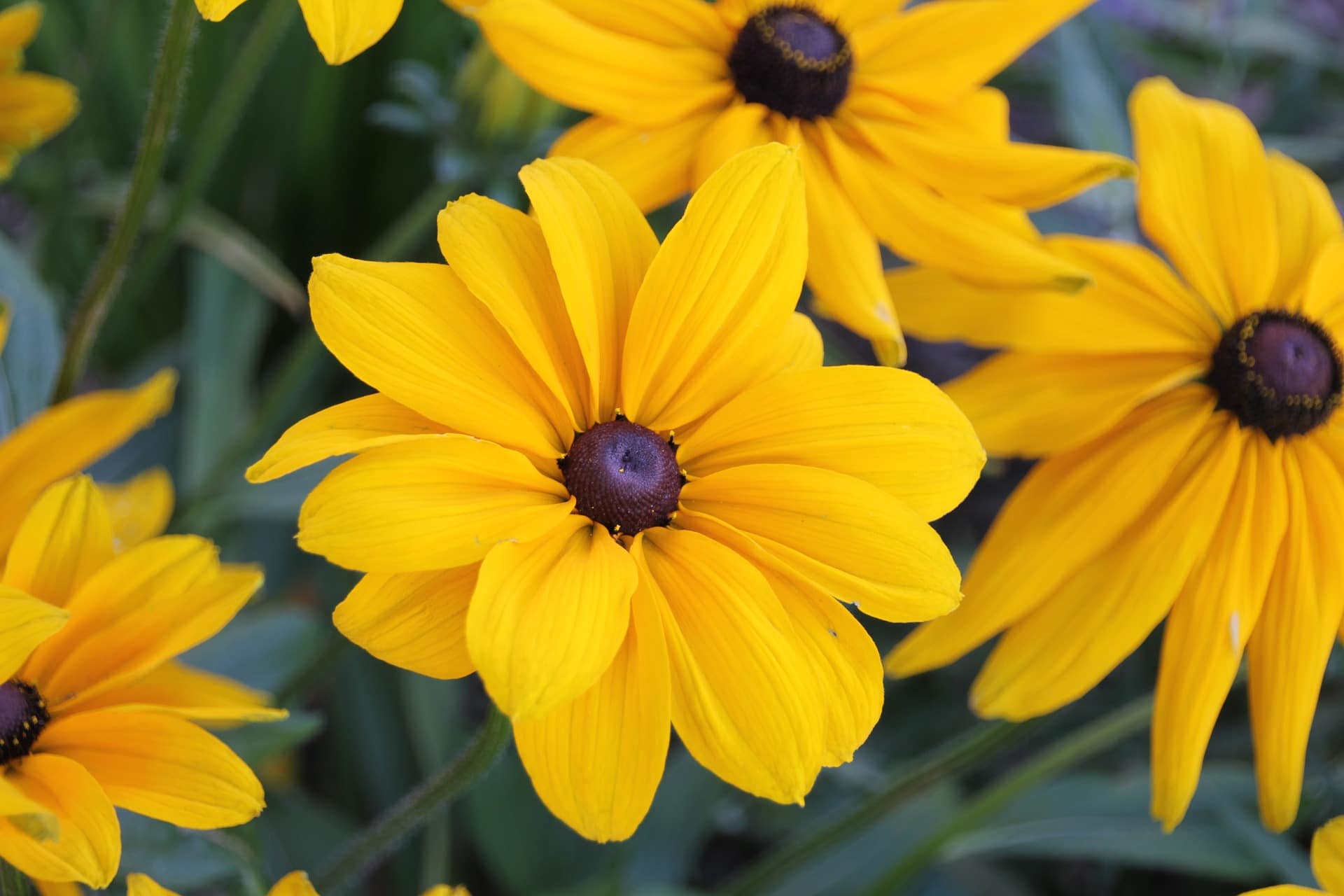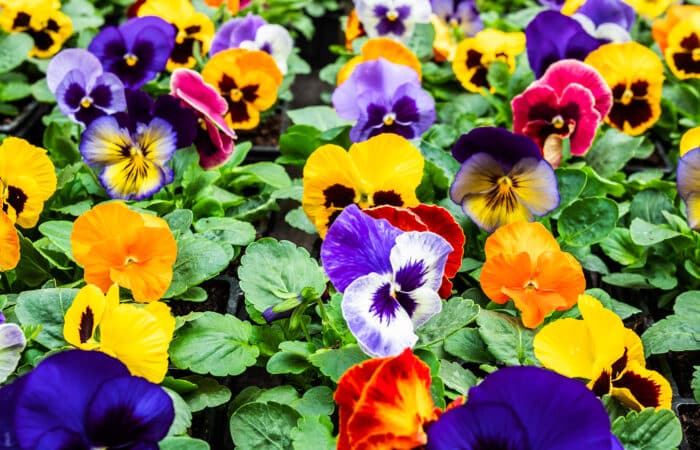Native plantings are those species that grow naturally and unencumbered in a region, having set up camp in a particular state long before the settlers arrived. Over centuries, they have adapted to their local environment’s unique soil and climate conditions, and have developed natural defenses against pests and pestilence as a result.
Many popular landscaping plants sold in nurseries nationwide actually hail from foreign lands. They’re attractive, colorful, and flashy – but not particularly eco-savvy, requiring manmade intervention to survive and thrive in a world that’s not truly their own.
Native plantings provide a readily available and cost-efficient alternative, adding a wealth of beauty to any landscape, as well as the following benefits:
- Water conservation – On the East Coast, alone, lawn irrigation accounts for almost 30% of water consumption. Believe it or not, native plantings require deliberate watering only during their initial establishment phase. After they have taken root, they can survive solely on rainwater and are incredibly drought-resistant. Additionally, their absorbent qualities prove invaluable in storm water management.
- Chemical freedom – Because native plants have adapted to the local environment, its soil conditions, and its myriad residents, from insects to gastropods, and beyond, they do not require treatment with chemical fertilizers, insecticides, pesticides, or other abrasives. This prevents the unnecessary and potentially threatening seepage of chemicals, such as phosphorous, nitrogen, and more, into public water supplies, and creates a healthier environment for you – the property owner – your tenants, and your tenants’ customers.
- Cost savings – Low maintenance equals low cost. Reduced mowing cuts down on the amount of gasoline required for upkeep. That not only protects your wallet, but the environment, as well. While establishing a landscape centered on native plantings may cost a few extra dollars upfront, the resulting sustainability will pay for itself time and time again.
- A big “thanks” from birds and other wildlife – Native plantings provide a haven for the insects and creepy crawlies that provide crucial meals for birds and other animals, and their flowers are a draw for pollinators like bees and butterflies.
GroundsCare Landscape can help property owners and managers reduce their buildings’ carbon footprints, while increasing savings on energy and upkeep. In addition to native plantings, our landscape design and maintenance practices include:
- Rain gardens
- Integrated pest management
- Grass-cycling
- Water conservation
- Organic land care
- And more!
To learn more about the native plantings available in your neck of the woods, check the Audubon’s database and search by state.



